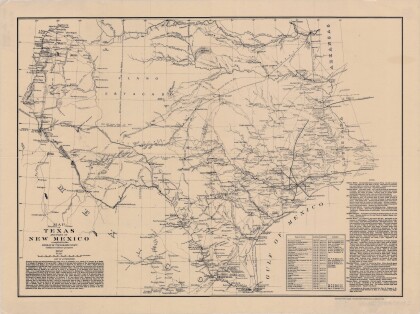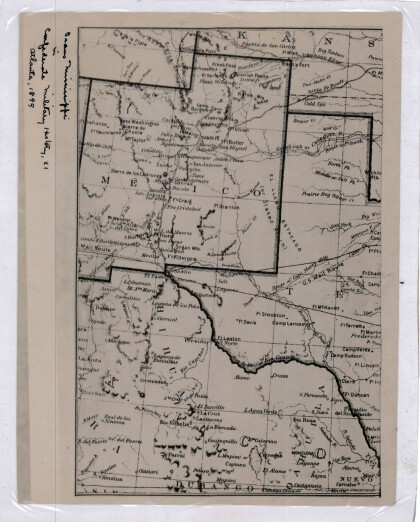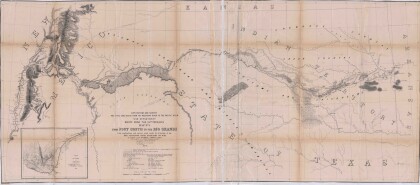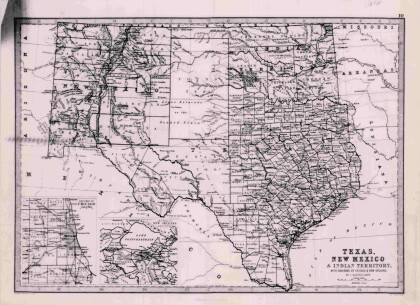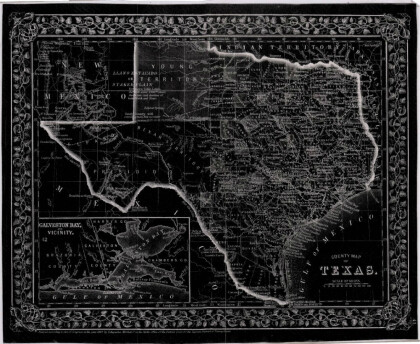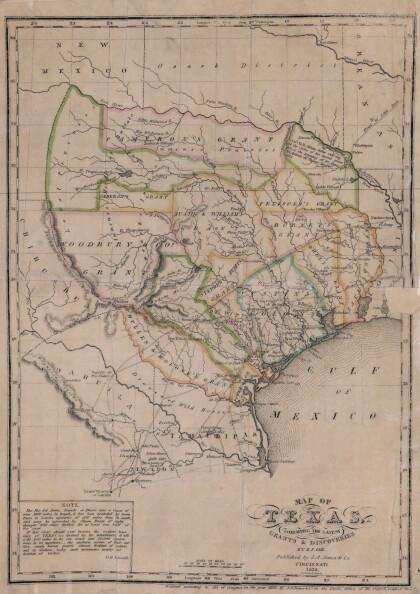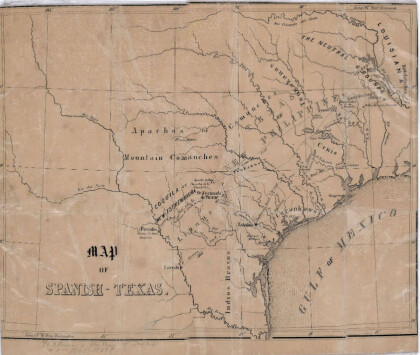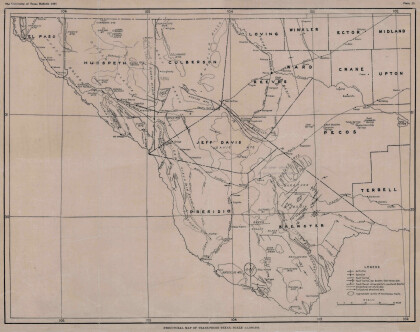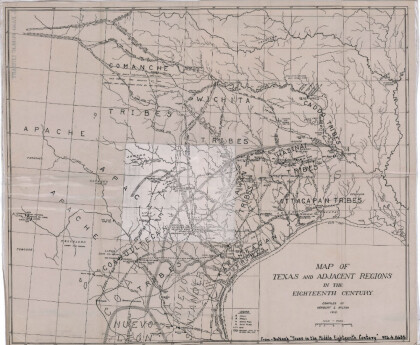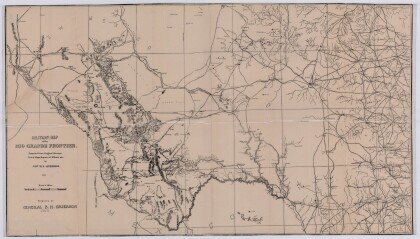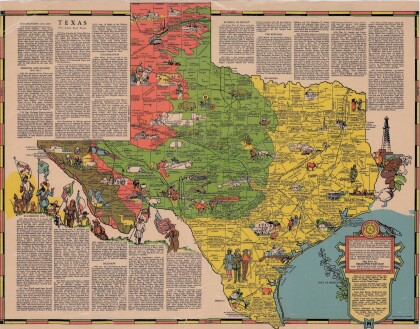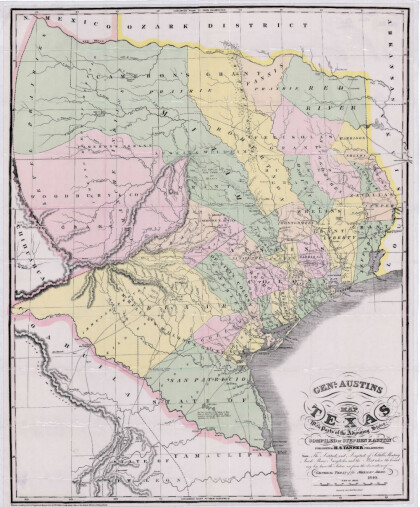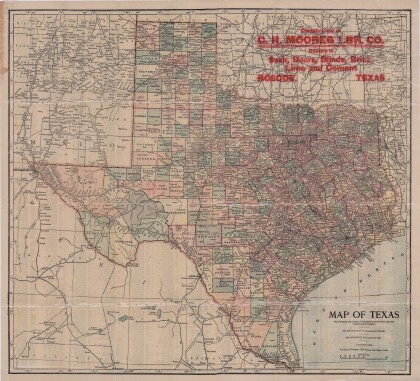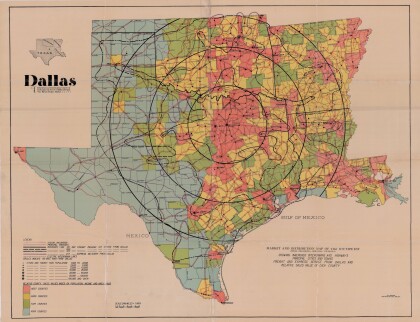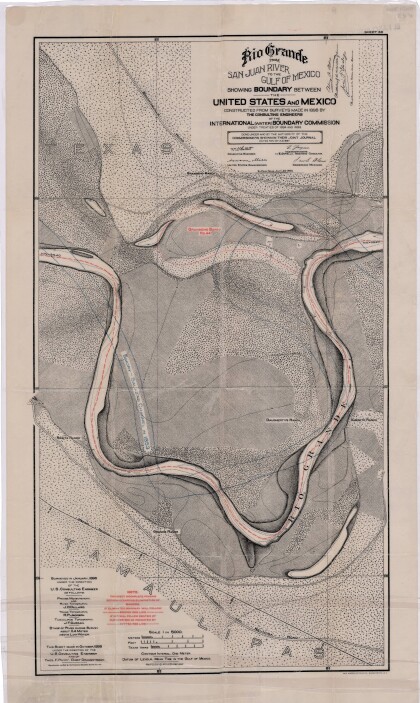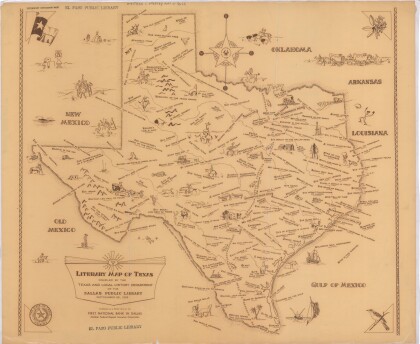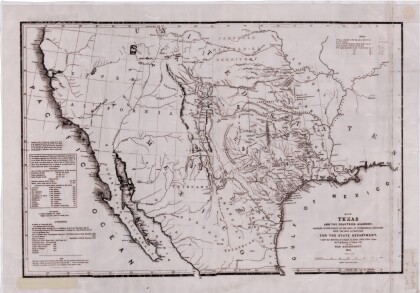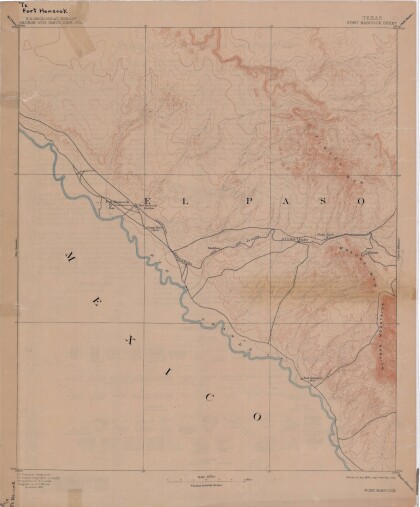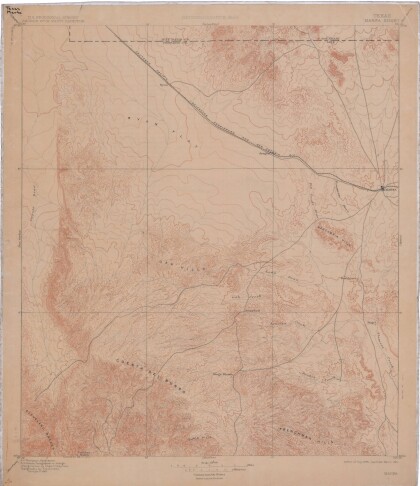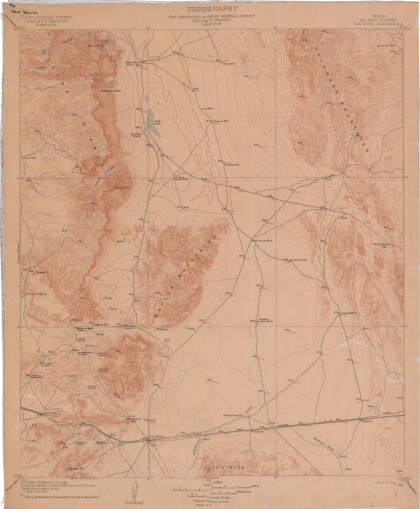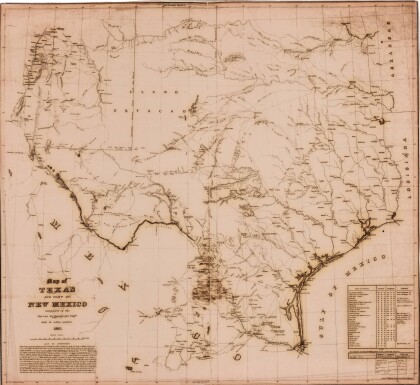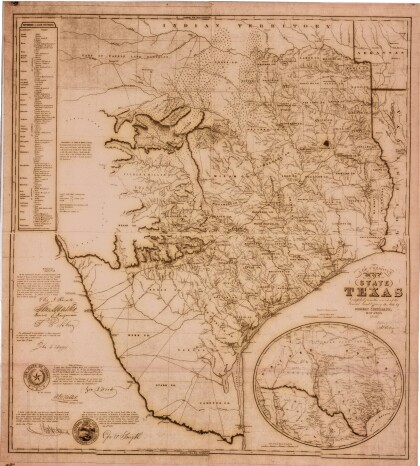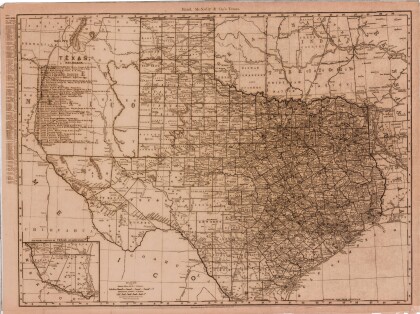Lee Trevino
Lee Treviño
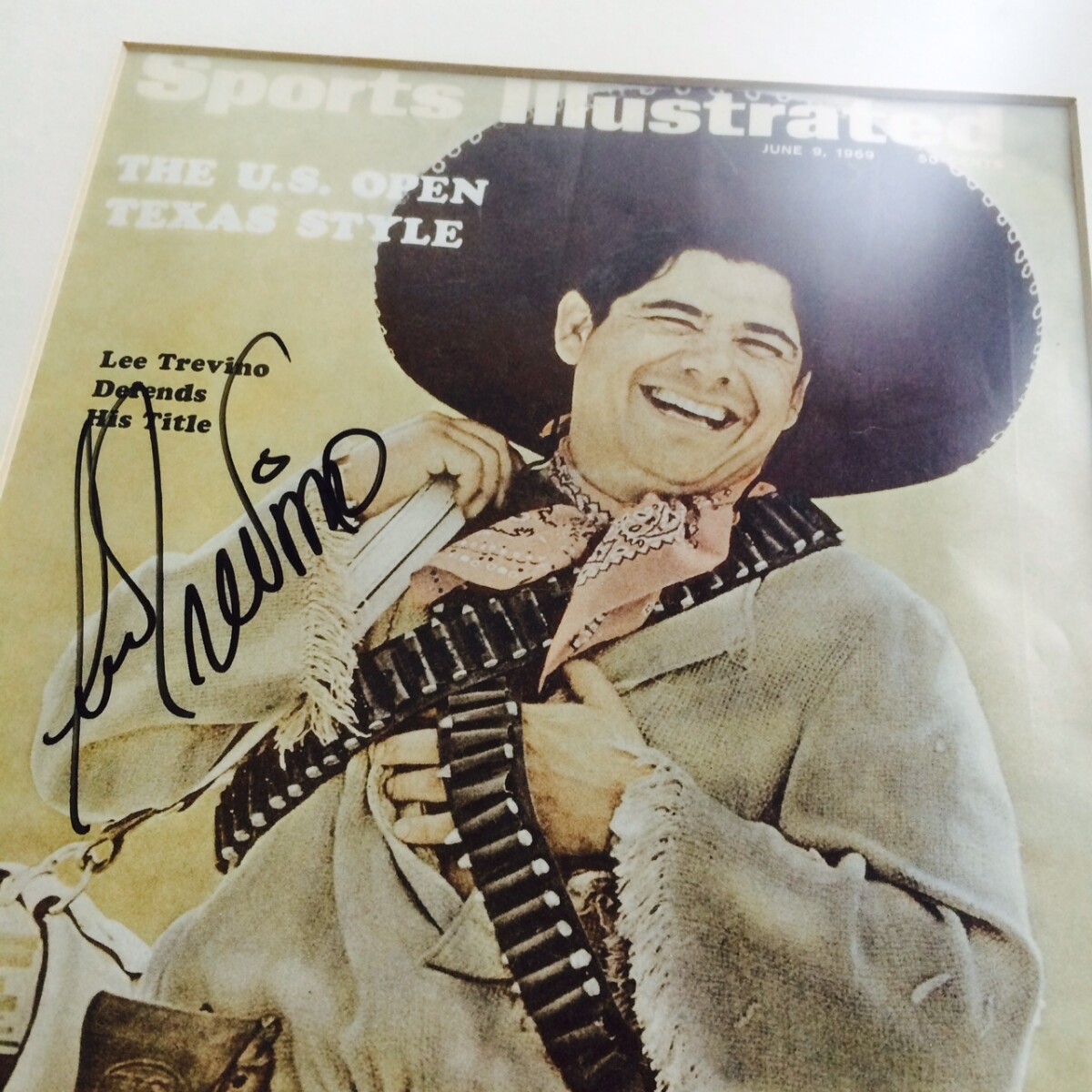
Lee Trevino
Lee Trevino Sports Illustrated Cover December 1969. Born Dec. 1, 1939 in Dallas, Trevino was raised by his mother and grandfather. The family, including his two sisters, lived in a house in North Dallas without electricity or indoor plumbing that was located near a country club. He began caddying at the club when he was eight, then took up the game with other caddies. An eighth-grade dropout, he later worked at a driving range, whose owner, Hardy Greenwood, had noticed Trevino's golf skills. Greenwood became a golf tutor and father figure. Trevino joined the Marine Corps at 17 and played on its golf team. After his discharge in 1960, he returned to Dallas and tried to make a living at golf, mostly by hustling. In 1966, Trevino took a job as a clubhouse attendant at an El Paso country club, where he continued hustling. He beat Raymond Floyd, a future PGA Tour star, two rounds out of three, leaving Floyd to mutter, "Here I am playing a cart man, a bag-storage man, and I can't beat him." Trevino got his Tour playing card in 1967 and qualified for the U.S. Open at Baltusrol in New Jersey. He shot a 283, eight shots behind champion Jack Nicklaus, and earned $6,000 for finishing fifth. He won $26,472 as a rookie, 45th on the PGA money list. The next year, he won his first of his two U.S. Opens, at Oak Hill in Rochester, N.Y., overtaking Bert Yancey with a final-day 69. His 275 tied Nicklaus' Open record as he became the first player to shoot in the 60s in all four rounds of the Open. Trevino won $1,190,518 in 1990, and two years later won five events despite a thumb injury. His career-high money total came in 1994, when he won $1,202,369 and six titles and was named the Senior Tour Player of the Year a third time. After the season, he had surgery for a bulging disc in his neck. Since then he has won five Senior titles. Trevino considered retirement late in 1999, saying the old desire was gone. But he was back on tour in 2000, and he ended a 27-month victory drought by winning the NFL Cadillac Classic in June 2000. No matter how long he plays, his words illustrate a firmly rooted legacy: "I showed that a guy from across the tracks, a minority kid with no education from a very poor background, can make it." http://espn.go.com/classic/biography/s/Trevino_Lee.html
Report this entry
More from the same community-collection
New Mexico, Texas; Chihuahua, Mexico 1861-1865
Map of the borders between New Mexico, Texas and Chihuahua, ...
Map No. 1 from Fort Smith to the Rio Grande
Map of the route near the 35th parallel. Part of the ...
Texas, New Mexico, and Indian Territory
Map of Texas counties and New Mexico showing Indian Territories ...
Texas: Containing the Latest Grants and Discoveries
Map of Texas containing the latest grants and discoveries in ...
Structural Map of Trans-Pecos Texas
Map of the Trans-Pecos, Texas area; Outlines and lines are shown ...
Map of Texas and Adjacent Regions in the Eighteenth Century
Map of Texas and the adjacent regions illustrating missions, ...
Military Map of the Rio Grande Frontier
Military map of the Rio Grande frontier prepared from original ...
General Austin's Map of Texas with Parts of the Adjoining States
Colorful map of Texas highlighting the borders between states ...
Dallas: Industrial and Distribution Center of the Southwest
Colorful market and distribution map of the Southwest - Texas, ...
Rio Grande from San Juan River to the Gulf of Mexico
Map illustrates the Rio Grande from the San Juan River to the ...
Map of Fort Hancock, Texas circa 1915
Topographical map indicating the location of Fort Hancock and ...
Topography: the University of Texas Mineral Survey
Topographic map of the Van Horn quadrangle in Texas. Indicates ...
J. De Cordova's State of Texas
This geographical map of Texas was compiled from the records of ...
